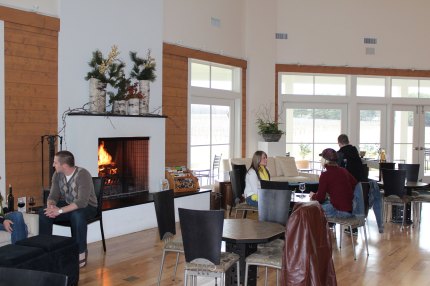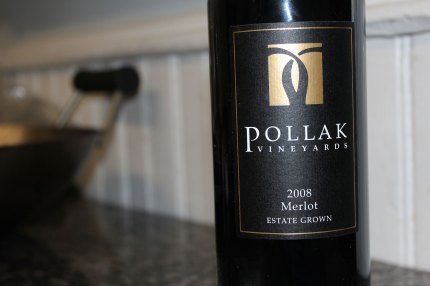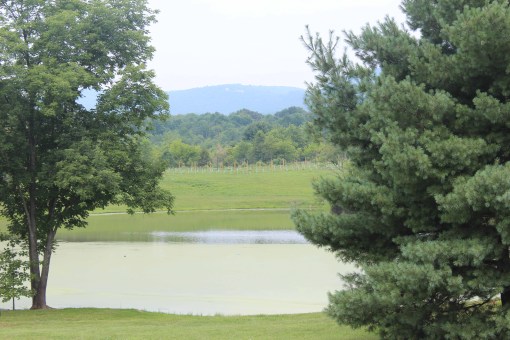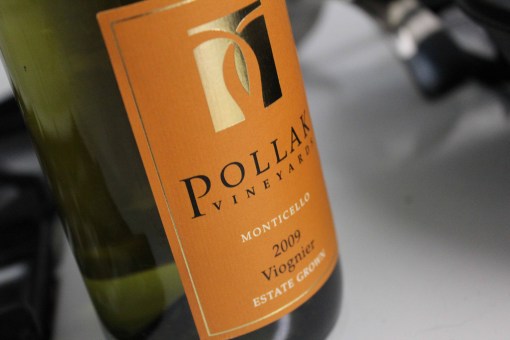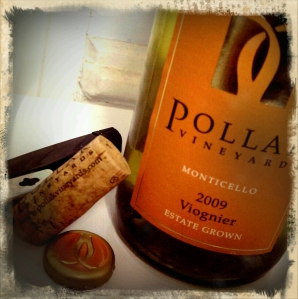As I mentioned recently, spring is all about rose for me. Of course, I like variety far too much to drink only pink. That means spring is also about drinking some of our older white wines, the ones that won’t particularly benefit from bottle age, to free up some shelf space for the newly released whites that become available at some many wineries at this time of year.
One such bottle that was already in the fridge just waiting for me to pop the cork was a bottle of ’09 pinot gris from Pollak Vineyards. For whatever reason, this bottle kept getting lost in the shuffle on our racks. I then moved it to the fridge so that we’d open it, and the same thing happened. I finally decided that waiting for the perfect meal or the perfect evening wasn’t going to happen, so I just grabbed it on a night that seemed to call for some local fermented grape juice.
This wine had a very fruity nose – pineapple, mango, and peach were the scents I particularly noted. On the palate, I was first struck by floral notes followed by the fruit. This wasn’t a wine that made me find religion, or even a wine I’d find myself reaching for all the time, but it was an enjoyable accompaniment to the evening. The one thing that was not working for me, however, was the finish. I noted something that I can best describe as alcohol on the finish. Don’t get me wrong, the wine wasn’t hot, but that one note struck me as unpleasant.
On the upside, There’s now more room on the wine racks, and it’s time for me to restock the fridge!





